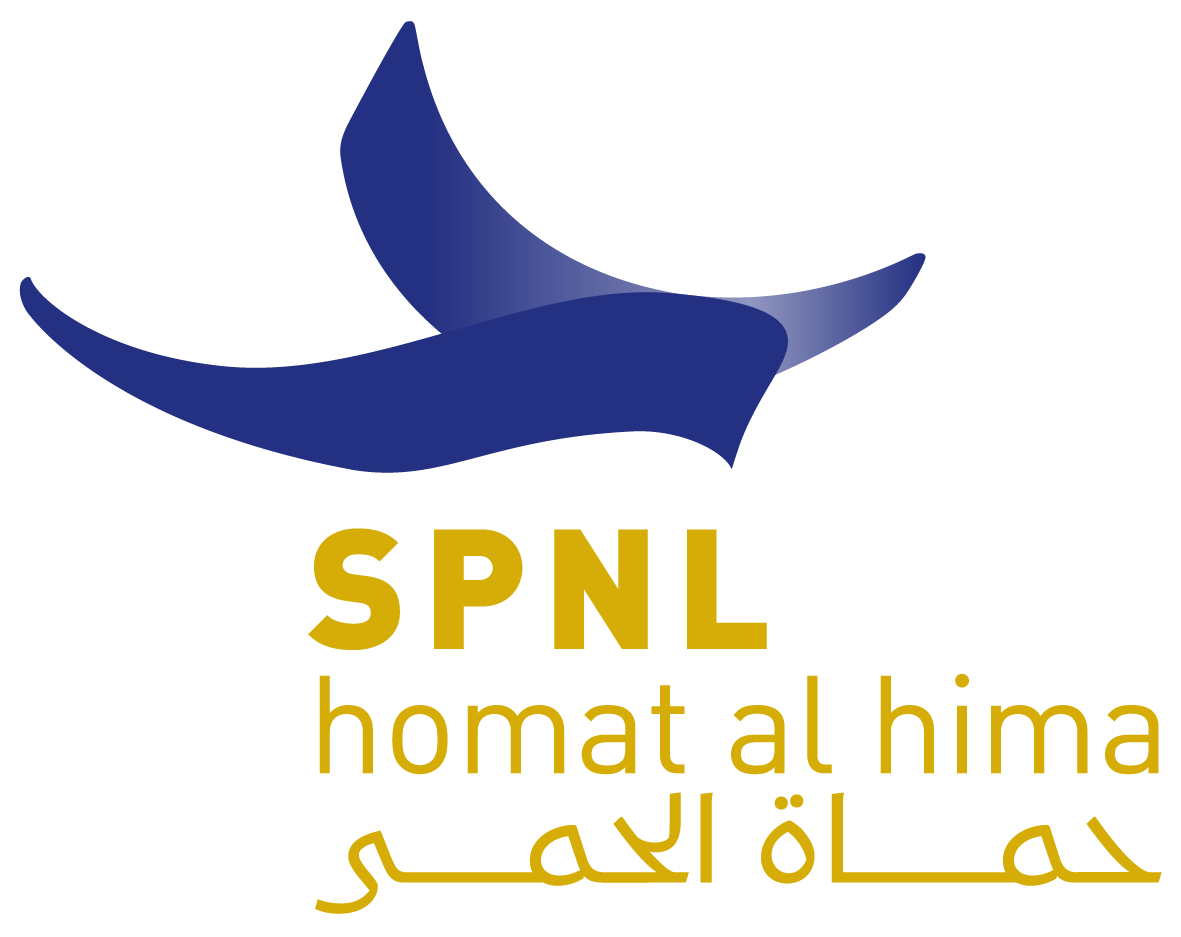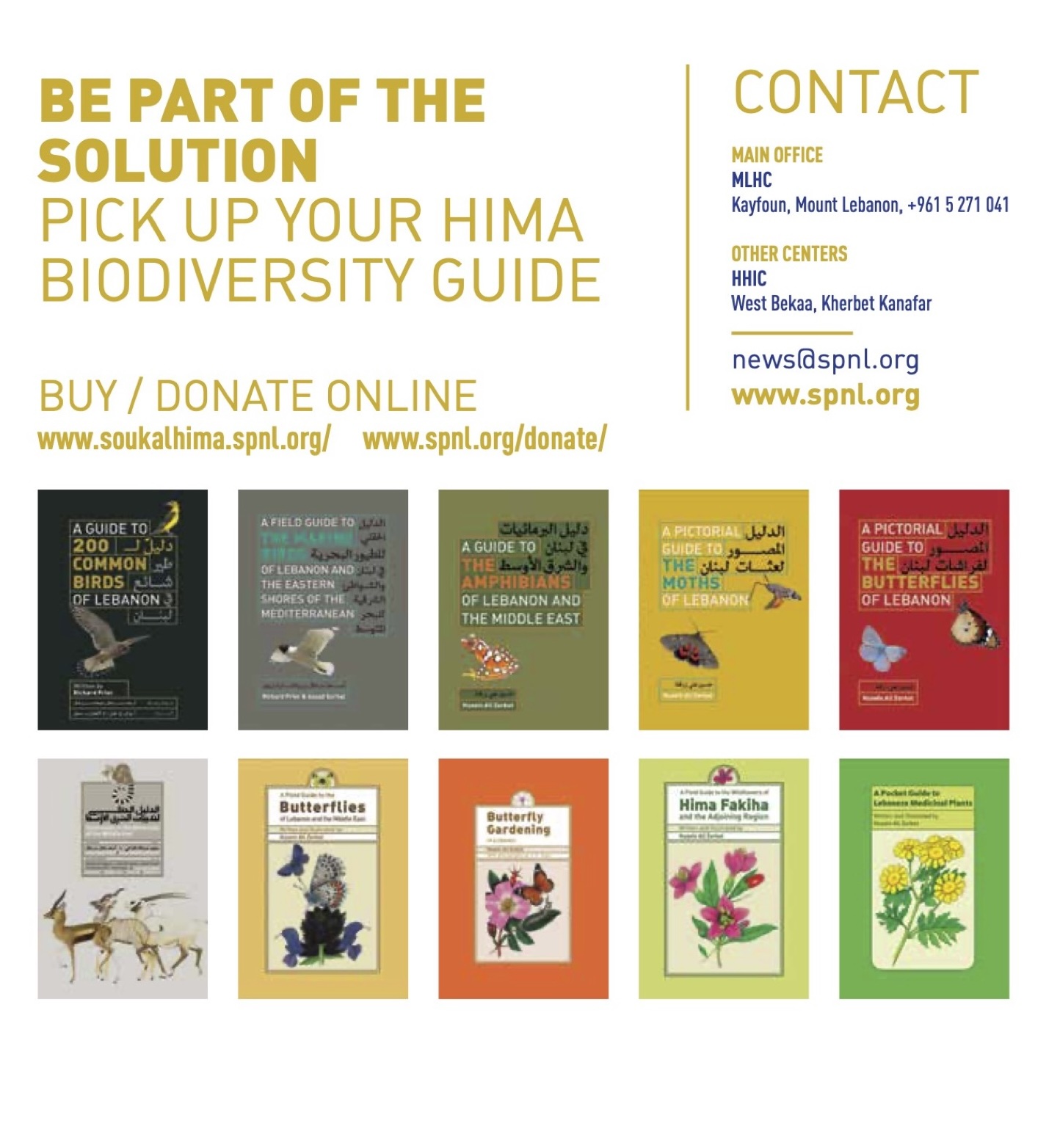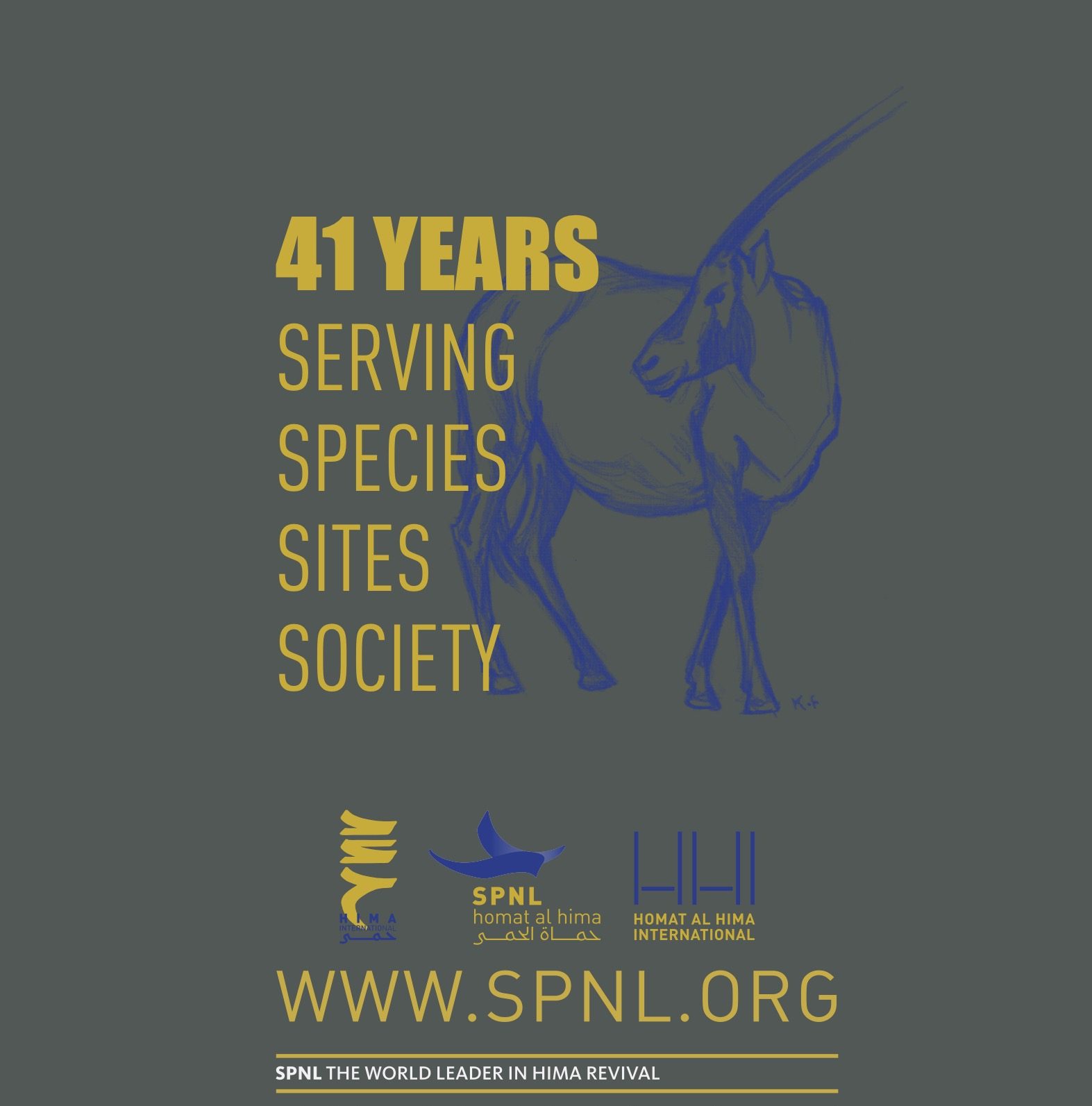An increasing number of Important Bird and Biodiversity Areas (IBAs) are under threat from damaging development – much of which is poorly planned and does not take environmental values into account.
“The IBAs in Danger initiative provides an essential focus for governments, development agencies, the international environmental and conservation conventions, business and wider civil society to act to prevent the further damage or loss of these sites of international significance” said Melanie Heath, BirdLife’s Head of Policy.
95 BirdLife Partnership countries and territories provided current data on the pressures at their most threatened IBAs. This has identified a set of IBAs at great risk of losing their biodiversity value.
 This initial list of over 300 ‘IBAs in Danger’ will be used to target enhanced conservation effort at these sites that are insufficiently protected or poorly managed, through advocacy, campaigning and local action.
This initial list of over 300 ‘IBAs in Danger’ will be used to target enhanced conservation effort at these sites that are insufficiently protected or poorly managed, through advocacy, campaigning and local action.
‘IBAs in Danger’ are under high or very high pressure from 11 main threat types. The most frequent threat, recorded at 138 (out of 333) sites (41%), is agriculture and aquaculture, followed by biological resource use (including logging, hunting/trapping and over harvesting), affecting 116 sites (35%). Many IBAs are suffering serious pressure from multiple threats.
The BirdLife Partnership since the 1980s has identified and documented more than 12,000 Important Bird and Biodiversity Areas (IBAs) around the world, on land and at sea. This represents by far the most comprehensive science-based effort to identify the world’s key sites for biodiversity conservation. 50% of IBAs have some degree of legal protection, with IBA information and BirdLife advocacy contributing greatly to protected-area designation.
This is the first, initial list of ‘IBAs in Danger’, and will be developed further as IBA monitoring is advanced across the world. The list is not comprehensive and (except for selected High Seas sites) does not cover countries and territories outside the BirdLife network. These data, together with further information from BirdLife Partners and experts in countries outside of the BirdLife Partnership, will continue to inform the list of ‘IBAs in Danger’, which will be updated on a regular basis.
Further information:
IBAs in Danger web pages
IBAs in Danger factsheet PDF
IBA monitoring factsheet PDF






